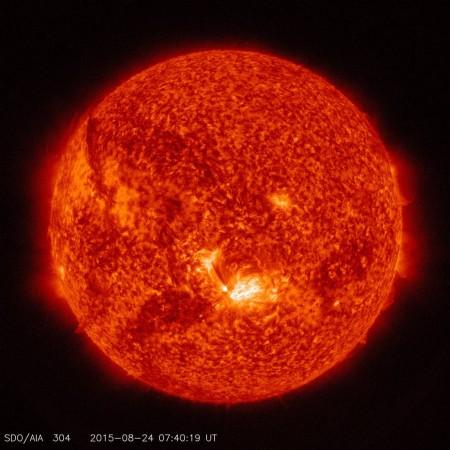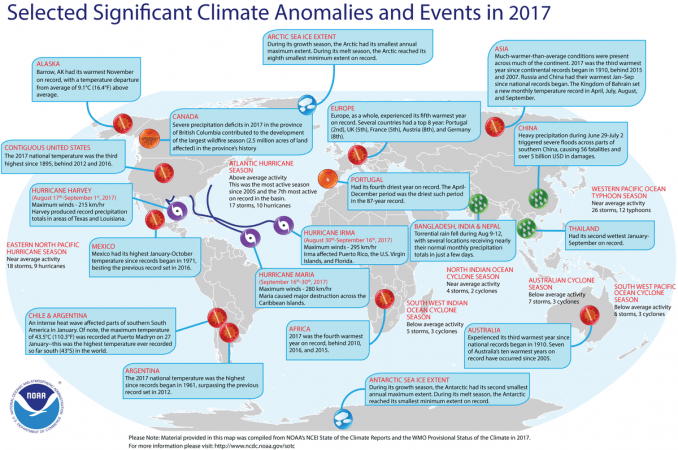After several massive storms in 2017, it seems the world must gear up for a storm sent right from the Sun. Increased solar winds coming from a hole in the Sun's atmosphere might lead to a huge geomagnetic storm on Earth, which can cause widespread destruction, scientists say.
Also read: Scientists warn of unusually cold Sun: Will we face another ice age?
A gust of high-speed solar wind reportedly grazed the Earth's magnetic field on February 5, and more are yet to come. A big solar storm can wreak havoc with power and telecommunication across the world, even leading to aviation failures, loss of navigation and timing, and destruction of satellites.
Experts say that wind is escaping through a tear in the Sun's northern atmosphere, creating a stream of electrically charged particles and heat that takes three to four days to reach our planet, according to Daily Express. This activity can reportedly cause great unrest on the Earth, along with brilliant auroras in and around the Arctic Circle.

A few months back, many sunspots had been discovered by NASA, along with increased activity on the Sun's surface. Now, the discovery of the latest such spot named AR2699 has been announced, which marks the first activity on the Sun's surface in six months. These spots cause solar flares, fluctuations in the Sun's brightness, which can be observed in our sky.
Also read: Astronomers observe the strongest magnetic field ever directly measured on the Sun
The recent bizarre behavior of the Sun is giving rise to fears of geomagnetic storms on Earth. A severe such storm will destroy phones, radios, internet and satellites for months or even years. The last geostorm, named The Carrington Event, had occurred in the year 1859, knocking out telegraph systems throughout North America and Europe. it had also produced aurora displays in many parts of the world.
If such an event were to happen again, damages worth trillions of dollars might be incurred. But for that to happen, the storm must hit the Earth directly. An indirect coronal mass ejection, like that of the one in 2012, will not cause harm to the planet.
That is not all; the Sun's weird behavior goes both ways. In contrast to the increasing solar activities that are causing geostorm fears, scientists are saying that the Sun will soon experience a period of drastically reduced activities that might trigger a mini ice age.
A University of California San Diego study claims that the solar activities which generate heat and sustain life on Earth might do down to such a level that the Sun will become cool by 2050. Such a situation will lead to the stratosphere becoming thinner and major changes in wind and weather patterns. Some regions will become cooler and some others might see an upward surge in temperatures, severely affecting for the endemic biodiversity.
However, instead of blind panic, this phenomenon has given some scientists hope that the Sun might aid us to curb global warming. The 'grand minimum' period of solar activity, during which the Sun's magnetism reduces, sunspots are less frequently seen and there is a dip in ultraviolet radiations, might make the earth cool enough to counter global warming to an extent. But it will not serve as a permanent solution as any temporary cooling would be much less impactful than the steady climate change caused majorly by fossil fuel emissions.

In totality, the solar activities are so worrying that the UK government had also issued a severe space weather warning in 2015, fearing a coronal mass ejection toward the Earth. "Where such activity is directed towards Earth there is the potential to cause wide-ranging impacts," said the report.
Can you imagine living without your phone, television and internet for months? Or be subjected to a huge change in climate that upends your entire life pattern? Let's hope the Sun has mercy on us.

















